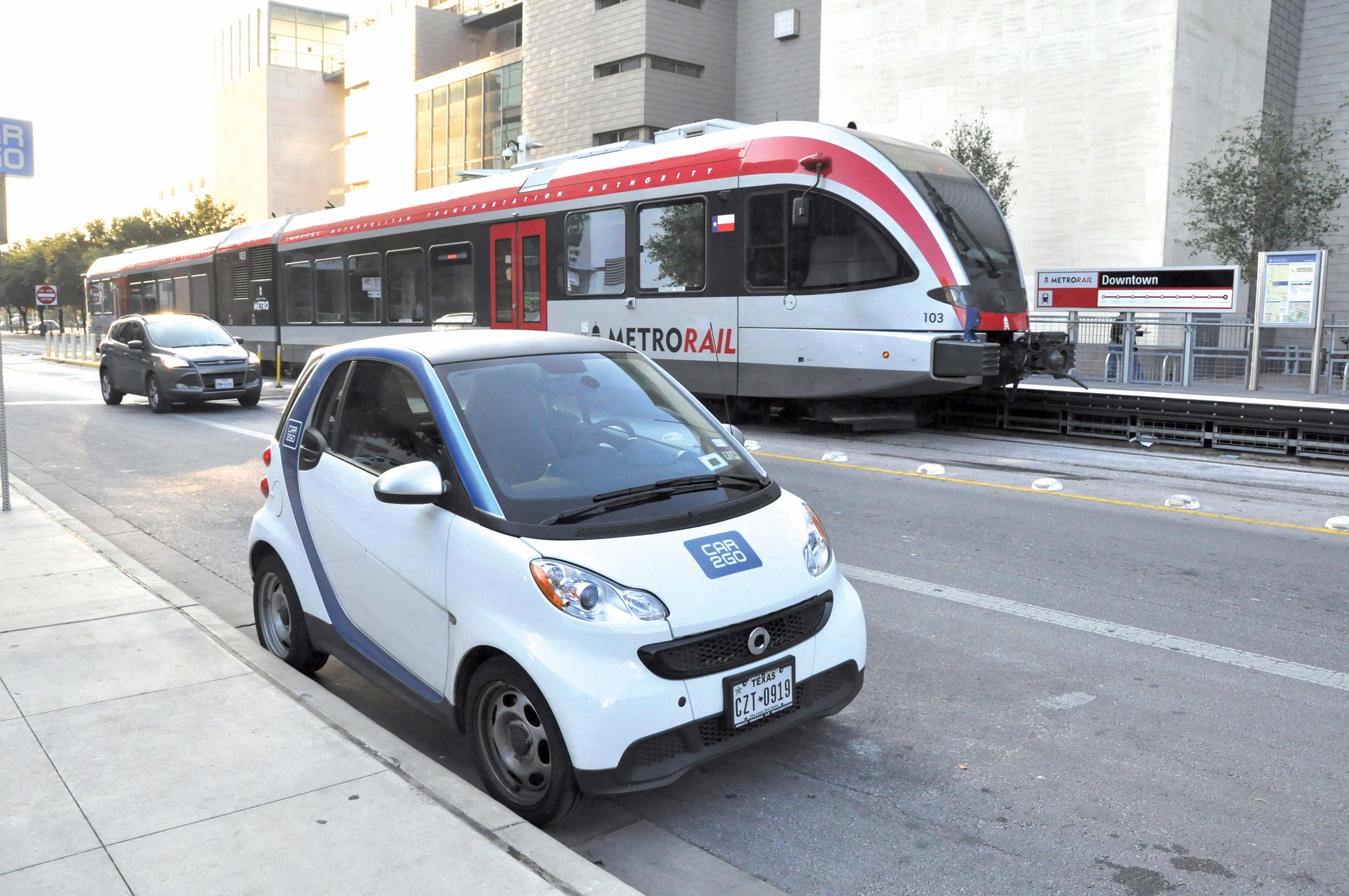Planning for the introduction of connected and autonomous vehicles (C/AVs) on UK roads is turning from technology to business cases, says the
Darren Capes, DfT ITS lead, said projects are working on the business case to understand the benefits of C/AV technologies and what the issues may be.
He was speaking at the ITS (UK) Connected Vehicle Forum in Birmingham, where Zenzic - an organisation created by the UK government to accelerate self-driving technology - explained its roadmap to 2030 implementation, summarising co-ordination efforts and project management.
If efforts are not coordinated, it may take another 50 years for the technology to be implemented, Zenzic said.
The discussion looked at how testing of individual vehicles is being scaled up in local projects to trials of whole-service solutions as the knowledge of C/AVs increases. The meeting also covered work needed prior to implementation, such as the digitalisation of thousands of traffic orders on the roads and how connectivity can make cities more efficient through parking and kerbside management solutions.
Forum chair Andy Graham described the discussion as a “sober critique of what has been done and what is still to do”.
“The other impressive element was the wide range of connected solutions that are already becoming commonplace,” Graham adds. “Connectivity technology we have is making a real difference, which may not be as exciting as driverless cars but is here and now and making transport safer and more efficient.”
C/AV planning turns to business cases, says DfT
Darren Capes, DfT ITS lead, said projects are working on the business case to understand the benefits of C/AV technologies and what the issues may be.
He was speaking at the ITS (UK) Connected Vehicle Forum in Birmingham, where Zenzic - an organisation created by the UK government to accelerate self-driving technology - explained its roadmap to 2030 implementation, summarising co-ordination efforts and project management.
If efforts are not coordinated, it may take another 50 years for the technolog
%$Linker: 2 Internal <?xml version="1.0" encoding="utf-16"?><dictionary /> 4 9782 0 oLinkInternal <span class="oLinkInternal "><span class="oLinkInternal ">RSS</span></span> Events (Diary) false /rss/events/ true false %>







